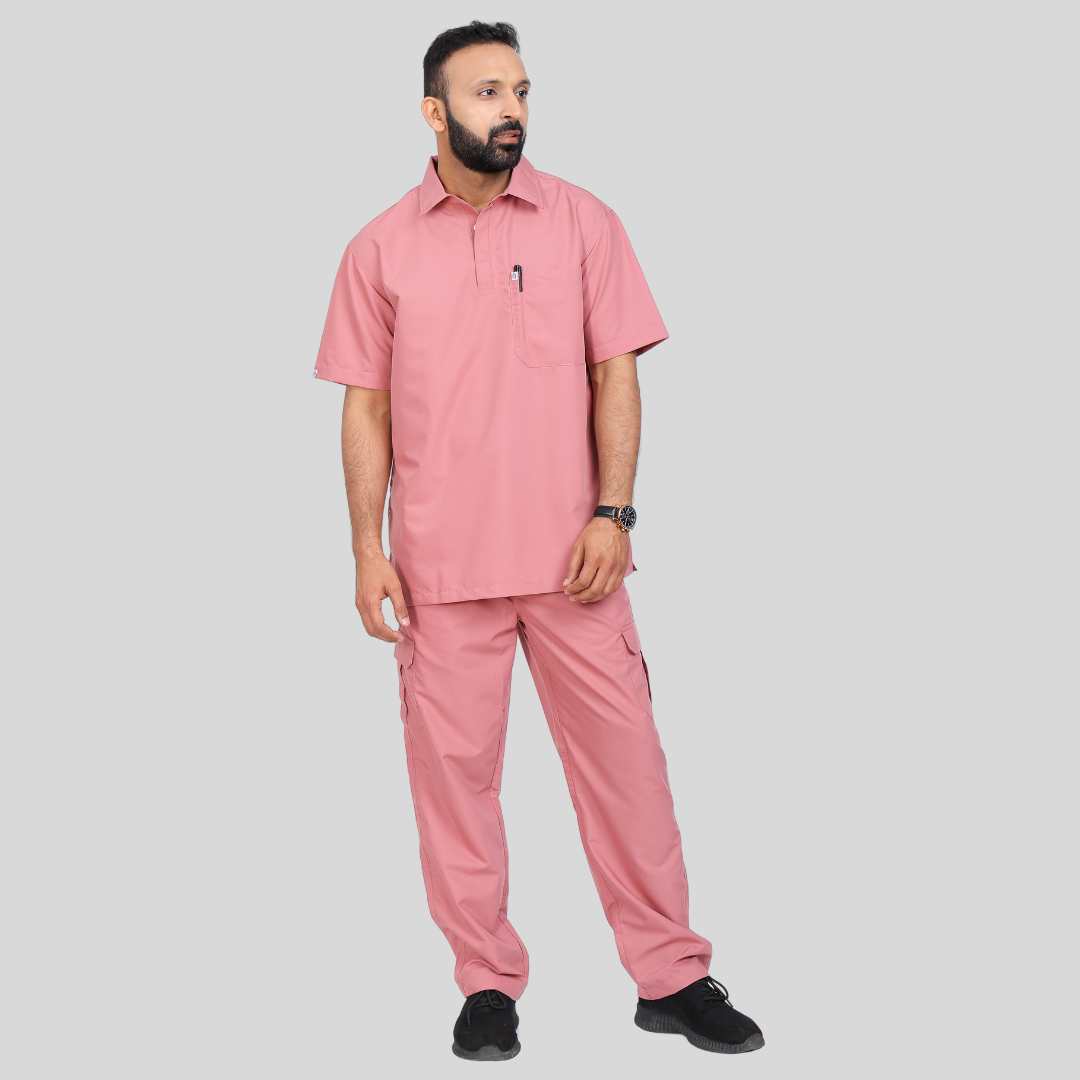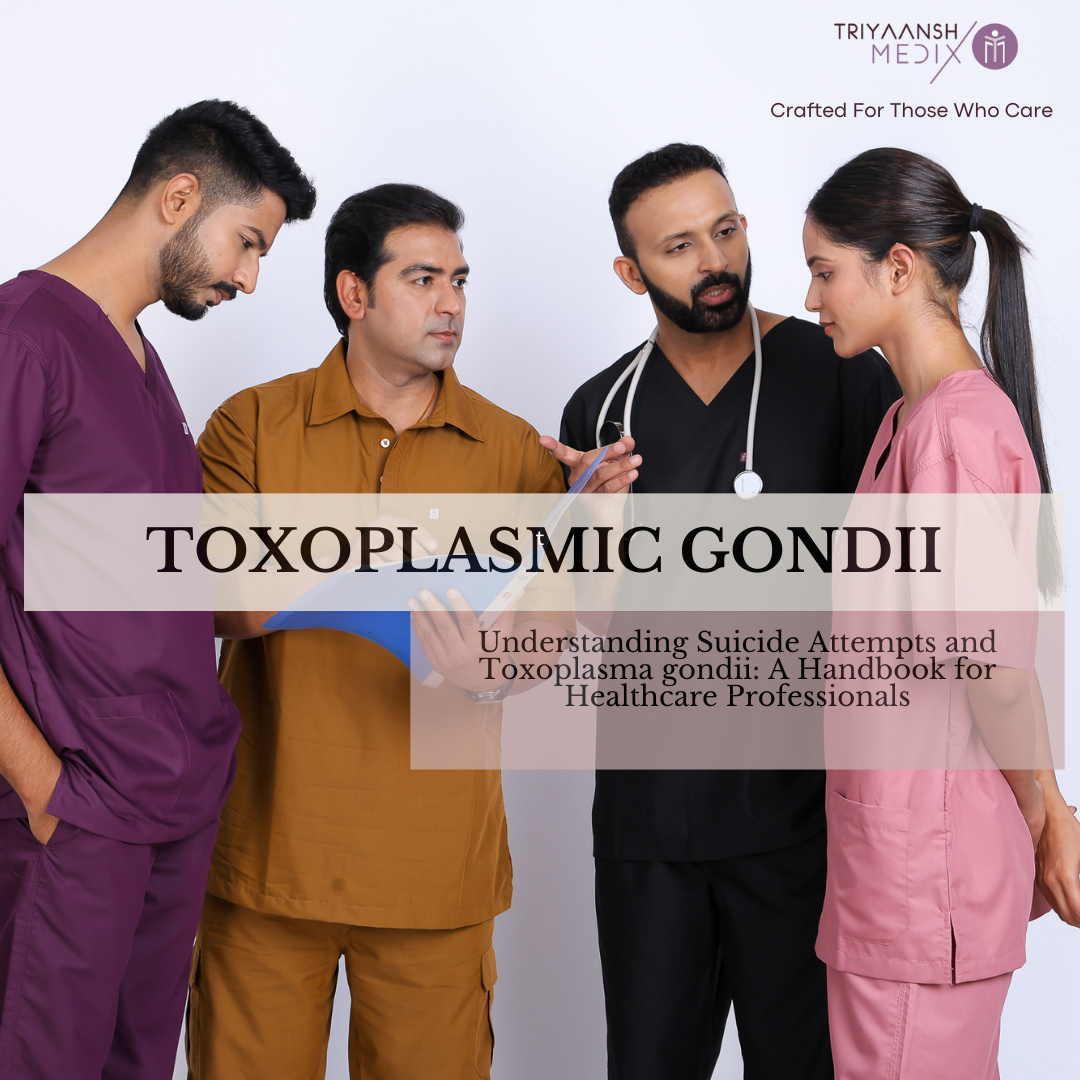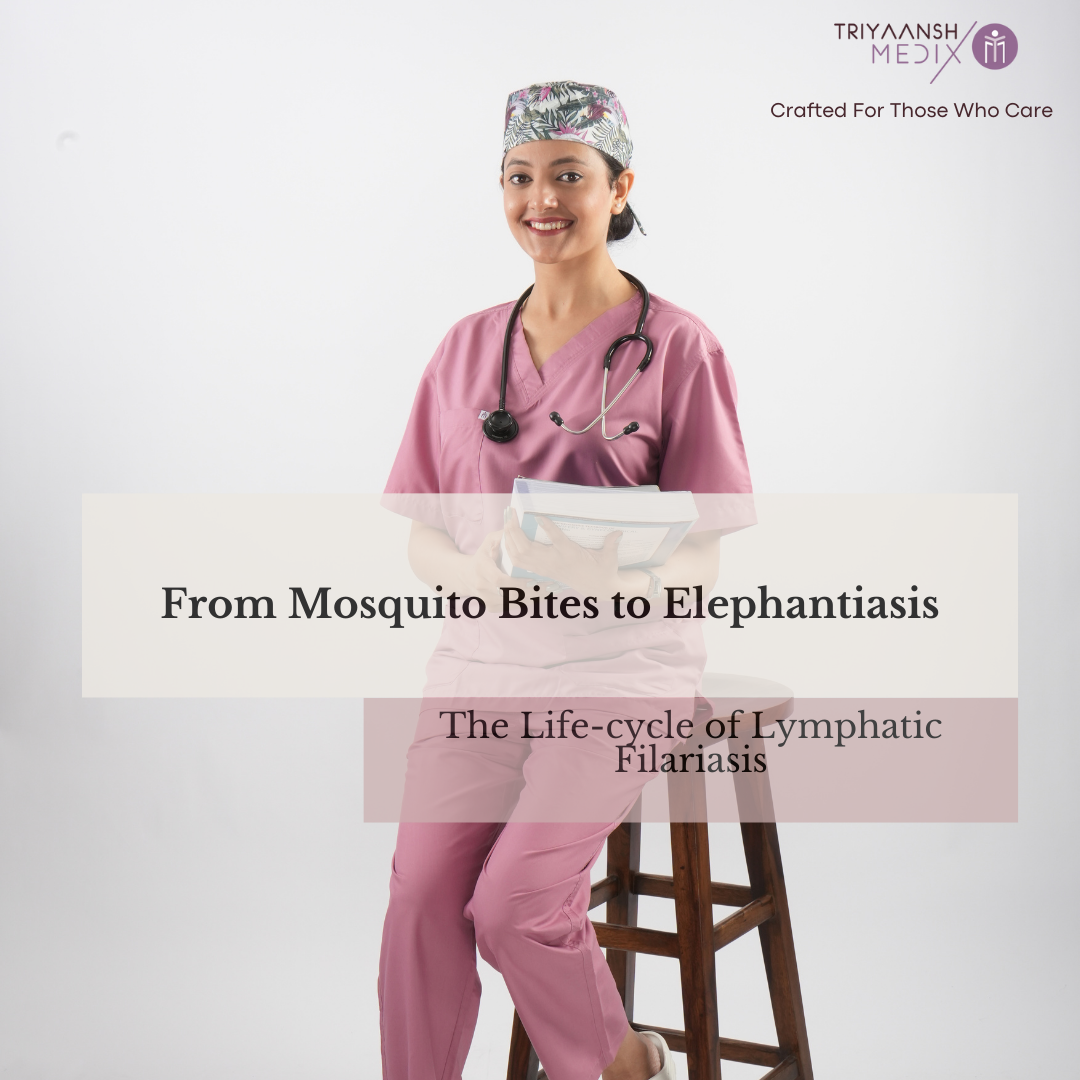"Navigating Viral Landscapes: Key Differences Between HMPV and COVID-19"
First discovered in 2001, the Human Metapneumovirus (HMPV) is known to cause minor respiratory infections, especially in susceptible groups such young children, the elderly, and people with weakened immune systems. On the other hand, COVID-19, which was brought on by the new coronavirus SARS-CoV-2, appeared in late 2019 and has been linked to a number of symptoms as well as serious health issues.
Understanding Suicide Attempts and Toxoplasma gondii: A Handbook for Healthcare Professionals
The link between infectious agents and mental health has received increased attention in recent years. Toxoplasma gondii (T. gondii), a common parasitic infection, has been linked to a variety of psychiatric illnesses, including suicidal ideation. This guide intends to educate healthcare workers about the potential link between T. gondii infection and suicide attempts, focusing on major data from recent studies.
From Mosquito Bites to Elephantiasis: The Life-cycle of Lymphatic Filariasis
Elephantiasis, also known as lymphatic filariasis, is a debilitating disease caused by parasitic roundworms of the Filarioidea family, primarily transmitted by mosquito bites. The infection leads to the blockage of lymphatic vessels, causing fluid accumulation and swelling, often in the legs, genitalia, or breasts, resulting in conditions like lymphedema, hydrocele, and elephantiasis. The infection is mostly asymptomatic but can cause severe symptoms after years of exposure.
Lymphatic filariasis is prevalent in tropical and subtropical regions across 72 countries, affecting over 120 million people. It is transmitted when infected mosquitoes bite a person, taking in microfilariae (larvae), which mature and reproduce in the human body, spreading the disease further.
Symptoms include swelling, thickened skin, and infections due to a weakened immune system. Hydrocele and Tropical Pulmonary Eosinophilia Syndrome, causing respiratory issues, are also common complications. Diagnosis involves blood tests to detect the worms, often requiring nighttime samples.
Treatment includes medications like ivermectin, albendazole, and diethylcarbamazine (DEC) to kill microfilariae and reduce symptoms, but they don’t cure the disease. Preventive measures include mosquito control, using insecticide-treated nets, wearing protective clothing, and taking medications to prevent infection.
Prevention focuses on avoiding mosquito bites, especially in endemic areas, and WHO recommends annual preventive chemotherapy to curb the spread of the disease. However, no cure or vaccine currently exists for lymphatic filariasis.
Drug of Choice
The catecholamine group, which includes dopamine, noradrenaline (norepinephrine), and adrenaline (epinephrine), is responsible for the neurotransmitter and hormone roles that...
Differences Between Heart Attack and Sudden Cardiac Arrest.
People frequently use these terms interchangeably, but they are not synonymous. A heart attack occurs when blood flow to the...
Iron Deficiency Anemia in India: A Comprehensive Guide
Millions of people in India suffer from iron deficiency anemia (IDA), a serious public health concern that affects people of...













